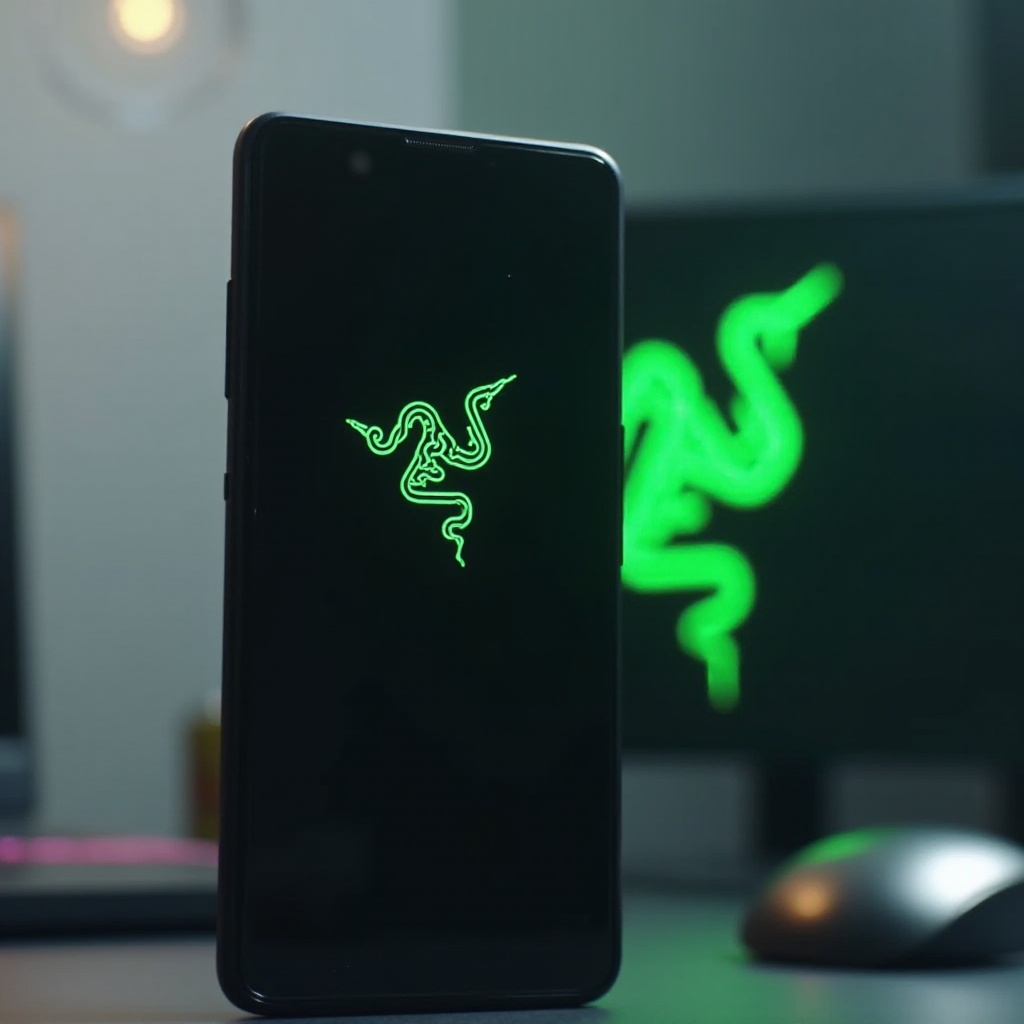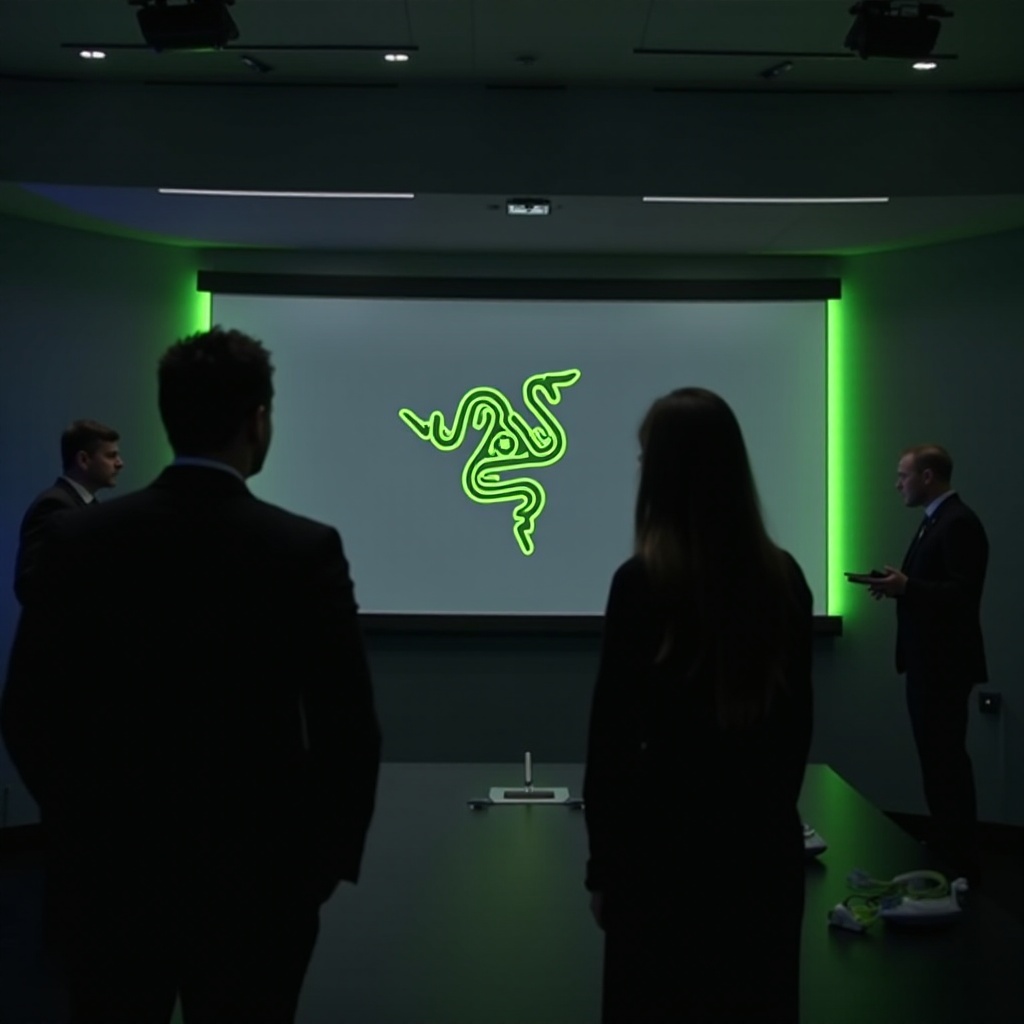Introduction
The tech world was taken by surprise when Razer, renowned for its gaming peripherals and laptops, expanded into the smartphone market. This bold move came through the acquisition of Nextbit and its innovative Robin phone. The question naturally arises: when did Razer buy the Robin phone, and what strategic reasons drove this decision?
This article delves into the timeline of the acquisition, the strategic motivations, integration challenges, and the lasting impact on the smartphone and gaming market.

The Rise of Nextbit and the Robin Phone
Before Razer entered the scene, Nextbit was making waves with its Robin phone. The Robin phone distinguished itself by offering a unique cloud-based storage solution, automatically offloading unused apps and data to the cloud, thus resolving storage limitations for users. This innovative feature, coupled with sleek design aesthetics, set Nextbit apart in the crowded smartphone market.
Nextbit swiftly gained traction, securing funding and establishing a loyal user base. The Robin phone earned a reputation as a game-changer, yet scaling operations in the highly competitive smartphone industry proved challenging. This set the stage for a significant corporate move.
Razer’s Acquisition Announcement
The tech community was abuzz in early 2017 when Razer confirmed its acquisition of Nextbit. On January 30, 2017, the news became official, turning speculative buzz into factual headlines. This acquisition was not merely a purchase; it was a strategic move by Razer to extend its influence beyond gaming peripherals to the burgeoning mobile platform.
Min-Liang Tan, CEO of Razer, emphasized that the acquisition was in line with their vision of seamlessly combining hardware and software to enhance mobile gaming experiences. Acquiring Nextbit meant bringing onboard a team skilled in both software and hardware development, a crucial step toward realizing Razer’s expanded vision.

Strategic Reasons Behind the Acquisition
Razer’s decision was driven by multiple strategic factors:
-
Diversification of Product Line: Known for high-performance gaming gear, Razer saw the acquisition as an opportunity to diversify its product range and dominate the mobile gaming segment.
-
Innovation Leap: The Robin phone’s cloud-storage technology was groundbreaking. Integrating this with Razer’s ecosystem could create unique, hard-to-replicate features.
-
Talent Acquisition: Nextbit’s team had valuable expertise in smartphone technology, enhancing Razer’s hardware and software development capabilities.
-
Market Positioning: With the gaming smartphone segment largely untapped in 2017, Razer leveraged Nextbit’s technology to position themselves as pioneers in this niche market.
-
Community Integration: Nextbit had cultivated a loyal user base. Razer aimed to integrate this community, expanding its customer base and enriching its user ecosystem.
These reasons highlight Razer’s intent not just to enter the smartphone market, but to transform it with innovative technology and a robust brand identity.

The Integration Process and Its Challenges
Merging Nextbit’s operations into Razer was a complex task, involving the harmonization of different corporate cultures and operations. The process required meticulous planning and execution.
Integration Process
-
Team Collaboration: Key personnel from Nextbit were retained to ensure the expertise that came with them was fully utilized.
-
Product Development: The primary focus was the development of a gaming-centric smartphone, merging Nextbit’s software brilliance with Razer’s hardware prowess.
-
Marketing Synergy: Combining Nextbit’s innovative brand with Razer’s established reputation created a compelling story for consumers.
Challenges
-
Development Hurdles: Synchronizing development cycles and aligning team goals across both companies.
-
Consumer Expectations: Balancing the expectations of Nextbit’s existing users while cultivating a new customer base for the Razer Phone.
-
Brand Alignment: Ensuring the product showcased Razer’s premium quality without losing Nextbit’s innovative edge.
Despite these challenges, Razer’s strategic planning and adaptive approach facilitated a relatively smooth integration, paving the way for the launch of the Razer Phone.
Impact on the Smartphone Market
Razer’s foray into the smartphone market was significant. The release of the Razer Phone in late 2017 set new standards with its 120Hz display, powerful speakers, and robust battery specifically designed for long gaming sessions. This launch established Razer’s presence in the smartphone sector and compelled competitors to rethink their strategies regarding gaming phones.
Following Razer’s success, numerous companies invested in gaming-centric smartphones, resulting in a more diverse market. This competition spurred innovation and helped optimize pricing, benefiting consumers. Razer’s strategic acquisition of Nextbit played a crucial role in this process, emphasizing the potential and growth of the gaming smartphone niche.
Conclusion
Razer’s acquisition of Nextbit and its Robin phone in January 2017 marked a pivotal moment for the tech industry. This strategic move diversified Razer’s offerings, enabling a successful entry into the gaming smartphone market and influencing industry trends. The acquisition facilitated Razer’s ambition to integrate hardware and software seamlessly for an enhanced gaming experience on mobile devices.
Frequently Asked Questions
What date did Razer acquire Nextbit Robin?
Razer officially announced the acquisition of Nextbit, including the Robin phone, on January 30, 2017.
Why did Razer buy the Robin phone?
Razer acquired the Robin phone to diversify its product portfolio, leverage Nextbit’s innovative cloud storage technology, and accelerate their entry into the mobile gaming market.
How did the acquisition affect existing Robin phone users?
Existing Robin phone users were initially concerned, but Razer promised support for the Robin’s infrastructure and continued software updates, ensuring a smooth transition for the users.

